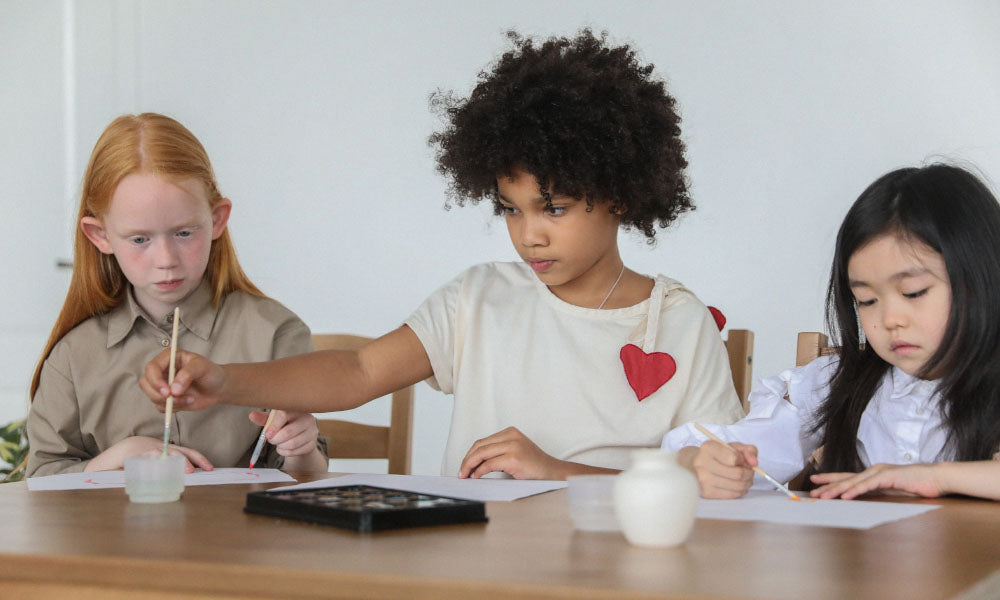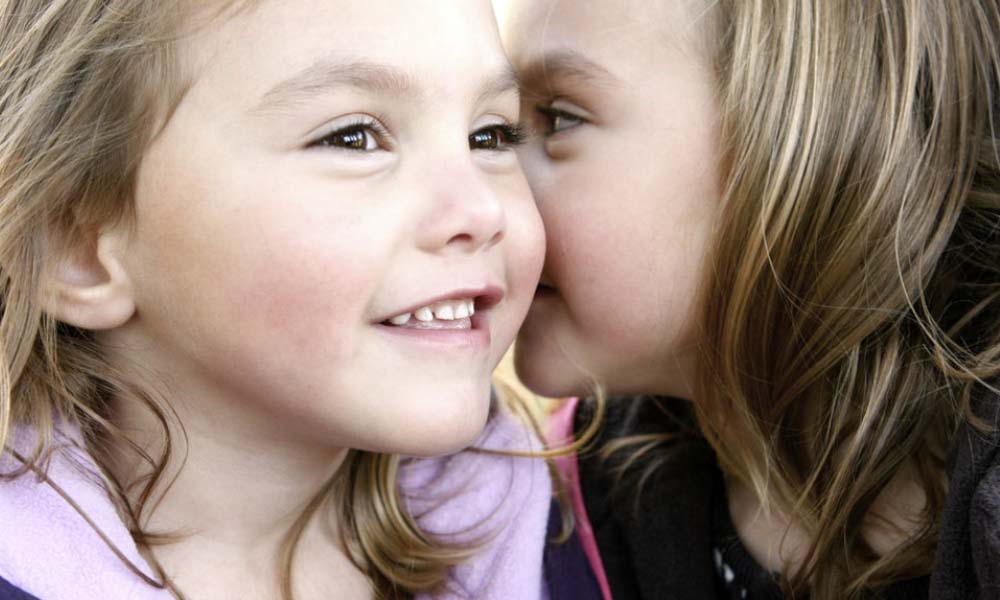With the uptick of fatal police shootings of unarmed African Americans in the past two years, the issues of race and ethnicity have been brought to the forefront.
Children are viewing the deaths, the funerals, the violence, and the turmoil on television, FaceTime, Facebook, Twitter, and other social media sites. They're witnessing it all on the internet as well as in person through marches, demonstrations, meetings, and religious services anywhere and anytime.
I've been asked by children with whom I work: “Why do people hate each other?” “Why can’t we go to the same school?” “Why can’t we play with each other?” “Why do they hate me?” These children are asking tough and difficult questions because they're worried.
In understanding race and ethnicity you must understand the definition and difference of each word. Race includes physical characteristics, including skin color, hair, eyes, and other physical characteristics. Ethnicity includes cultural factors such as country of birth or origin, language, and nationality.
Here are 5 ways to teach your children about race and ethnicity.
1 | Talk with your child.
Teach your child to be confident. Let your child know that he or she is special and that you are proud of your child. Listen to your child, encourage him or her to speak with you and ask questions. Let your child know that they can ask and tell you anything without consequences. Answer your child honestly. Do not tolerate jokes, comments, or slights against any race, gender or religion including your own. Let your child know that he or she is special, but so is every other person.
2 | Visit museums, exhibits, faith institutions, and historic sites.
Take part in cultural days and holidays in your community or city. Check your city or local historic tour guides or use the internet to find historic information about the different ethnicities, races, and faiths that settled in your area. Tell your child about your family history including how and why your family came to settle in the area in which you live.
3 | Read and discuss books and videos about people of various races and ethnicities.
Visit the library and check out books that share information about race. Watch videos and movies that highlight differences and similarities amongst people. Have your child write stories and poems about what they learned and highlight the similarities amongst people. Get a map of the world and highlight areas from which people you know came or presently live. Discuss places your children would like to visit and why.
4 | Volunteering brings people together who would not ordinarily meet or know each other.
Find out where children can volunteer at your city soup kitchen, political events, nursing homes, schools, library, and other opportunities to give back. This is a wonderful chance to interface with people of all races, ethnicities, incomes, and religions.
5 | Play dates can be arranged with children of various races, ethnicities or religions.
Have each child or family bring something about themselves or their family that explains their heritage. Allow each person or family time to talk about their heritage. The more information received and shared from the source the more honest, realistic, and valuable the learning experience.
First hand interaction with people of various races and ethnicity is the key to understanding amongst races and ethnicities of people. It will be surprising to some that we have more in common than not.



